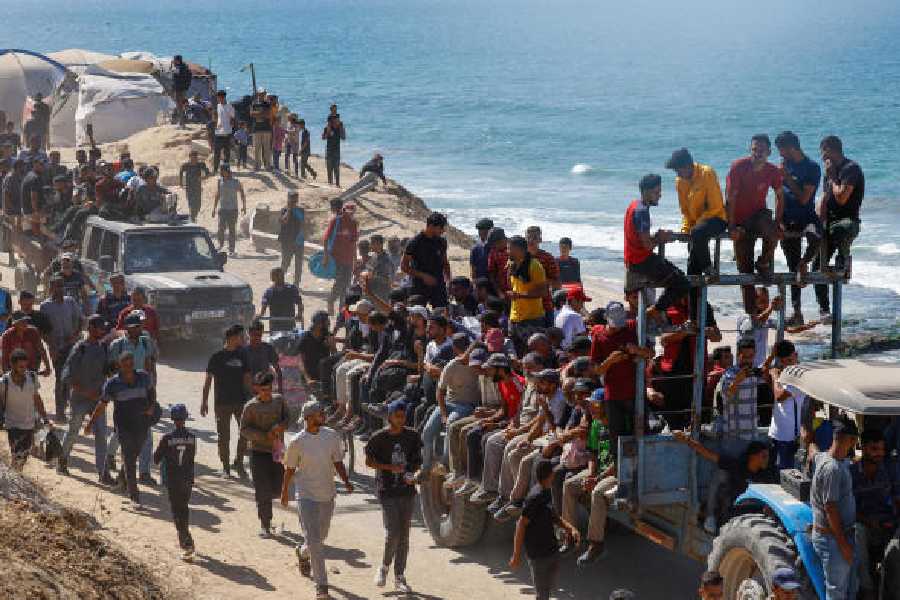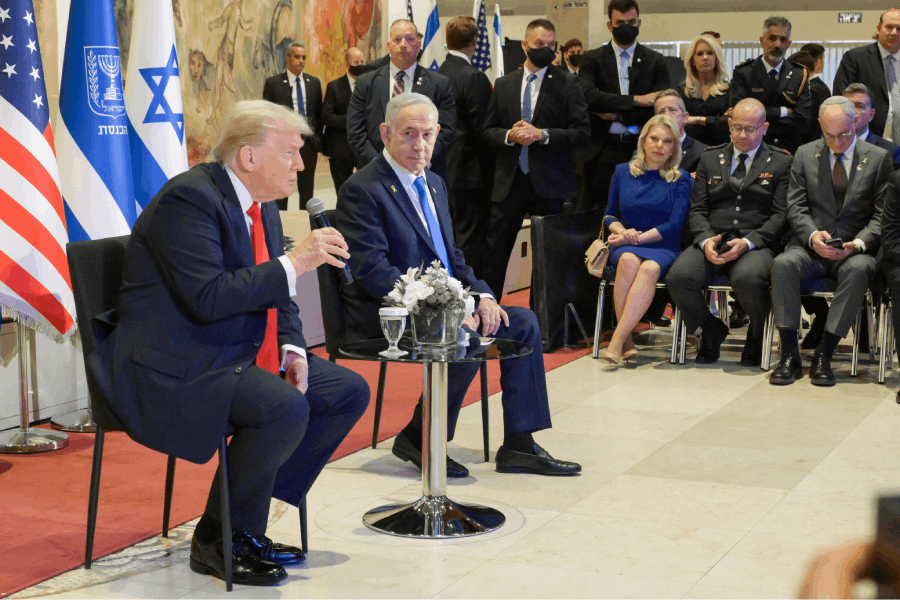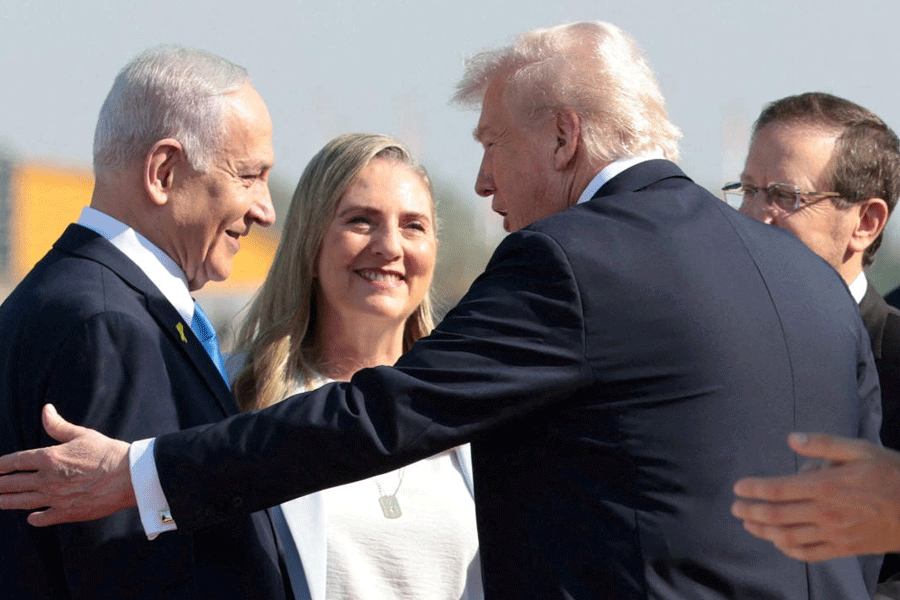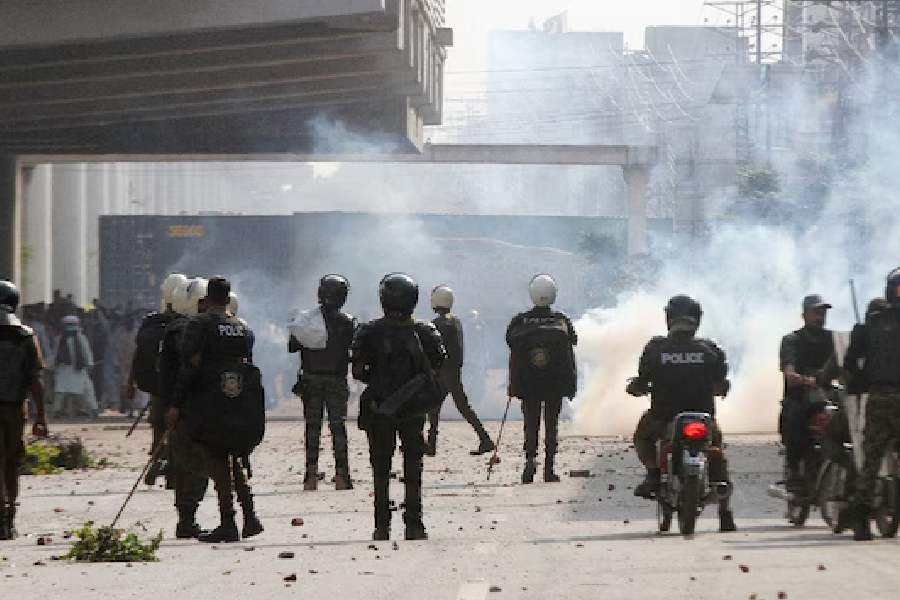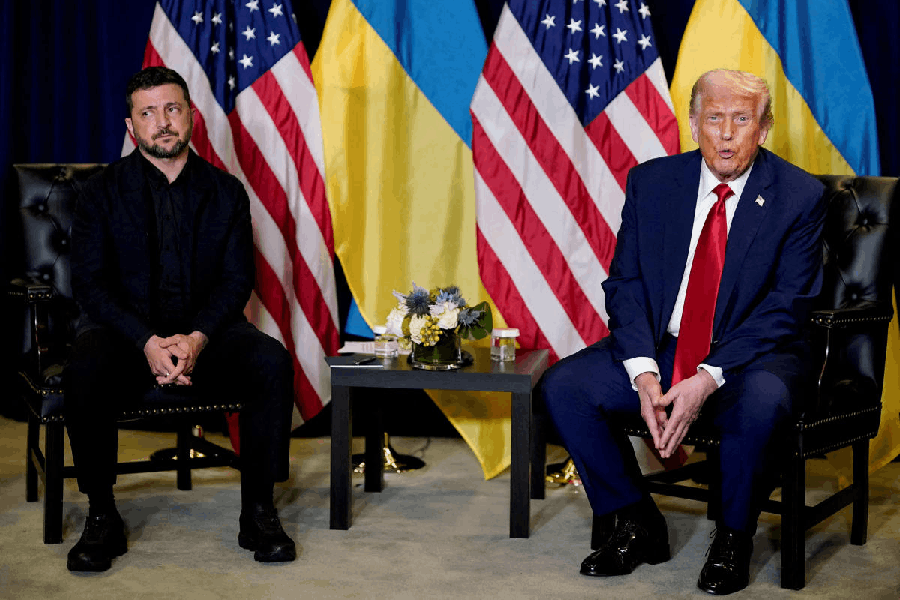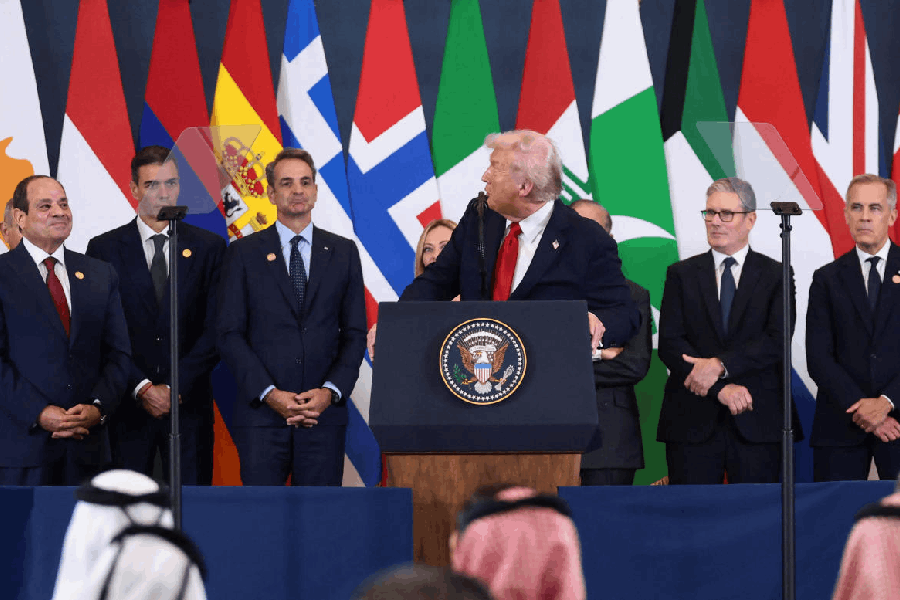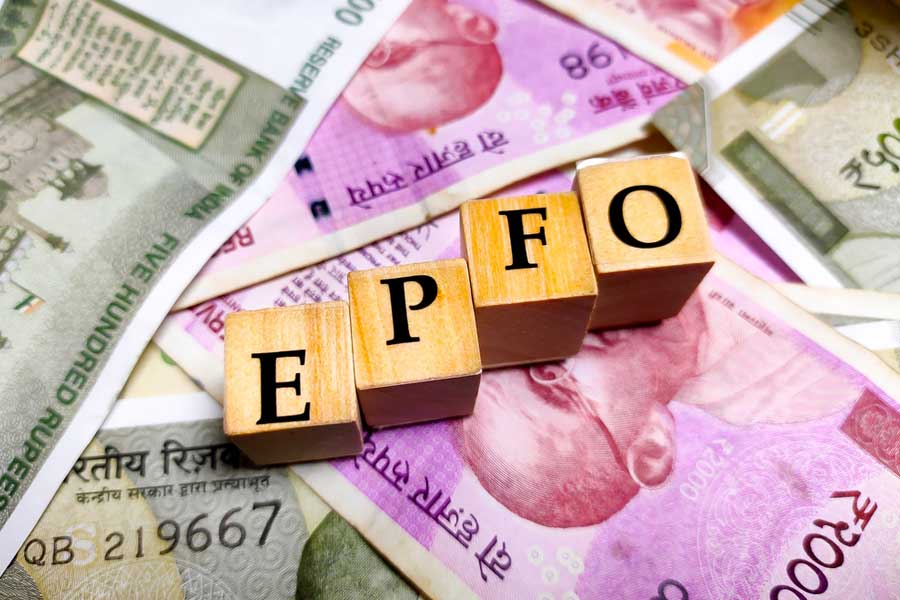Thousands of people began the long walk from the south to the north of the Gaza Strip on Friday after the Israeli military announced a ceasefire that mediators hoped would lead to the end of the two-year war.
Men carried bags, women carried young children, and older children held hands as they made their way up the dusty seaside road towards the ruins of Gaza City, which they were ordered to flee weeks ago. Some said they were heading north for the first time since the war began.
Though the surroundings were bleak, the mood was jubilant.
“The crowds are unbelievable,” said Shamekh al-Dibs, who fled south with his family last month. “People are so happy, even if what they’re going back to is destruction.”
Israel agreed early Friday morning to a ceasefire deal with Hamas, which the military said came into effect at noon. As part of the agreement, Hamas would release the remaining hostages held in Gaza in exchange for Palestinian prisoners, while Israeli troops would partially withdraw.
The deal was based on a proposal presented by President Donald Trump last week. On Friday, a spokesman for Israel’s parliament said Trump was expected to visit the chamber in Jerusalem on Monday.
Steve Witkoff, Trump’s Mideast envoy, said the US military had verified that Israeli troops had withdrawn to the agreed-upon line inside Gaza. That, he said on social media, opened a 72-hour window in which Hamas must hand over the remaining hostages.
Netanyahu said in a recorded statement on Friday that the ceasefire deal would allow Israel to bring back the remaining hostages while maintaining its forces in Gaza.
Israel would not compromise on the rest of its demands, he added, including that Hamas lay down its weapons and that Gaza be demilitarised. But Hamas regards disarmament as tantamount to surrender and views armed struggle as a legitimate form of resistance against Israeli control over Palestinian lands.
“If this is achieved the easy way, so much the better. If not, it will be done the hard way,” Netanyahu said.
On the coastal road in Gaza, Mousa Rajab, 22, a nursing student, said he and his cousin had decided to start walking to Gaza City as soon as they heard about the ceasefire. Around them, thousands of pedestrians shared the asphalt with trucks, vans and horse-drawn carts packed with people and piled high with blankets, water tanks and mattresses.
“We just want to see if our homes are still standing,” Rajab said. “We heard ours was partly damaged, but we have to see it with our own eyes.”
Though previous ceasefires in Gaza have collapsed into renewed fighting, Rajab was optimistic the war might actually be over this time. “Everything still feels uncertain,” he said. “Will they tell us to leave again? I hope not. I just want this to be the last time we walk this road.”
Avichay Adraee, a military spokesman, said on Friday that the Israeli military would allow Palestinians in southern Gaza to travel along major roads to the north. But he warned people not to approach several areas across Gaza where Israeli
troops would remain active, saying those places were “extremely dangerous”.
On Thursday night, the Israeli military said it had struck a site in northern Gaza, which it said was being used by Hamas fighters who “posed an immediate threat” to
Israeli troops.
Gaza’s civil defence emergency rescue service said the site was a residential building that dozens of people were believed to be in at the time of the strike.
Melania-Putin talks
US First Lady Melania Trump said she had secured an open line of communication with Russian President Vladimir Putin about repatriating children caught up in the Ukrainian war, and that some have been returned to their families with more to be reunited soon.
“This remains an ongoing effort,” she told reporters at the White House on Friday. She said Putin had responded to her letter earlier this year and that they remained in touch.
“President Putin and I have had an open channel of communication about the welfare of these children,” she said. “For the past few months, both sides have participated in several back-channel meetings and calls.”
The first lady said her representative was working directly with Putin’s team to secure the safe reunification of children with their families between Russia and Ukraine.
New York Times News Service and Reuters

